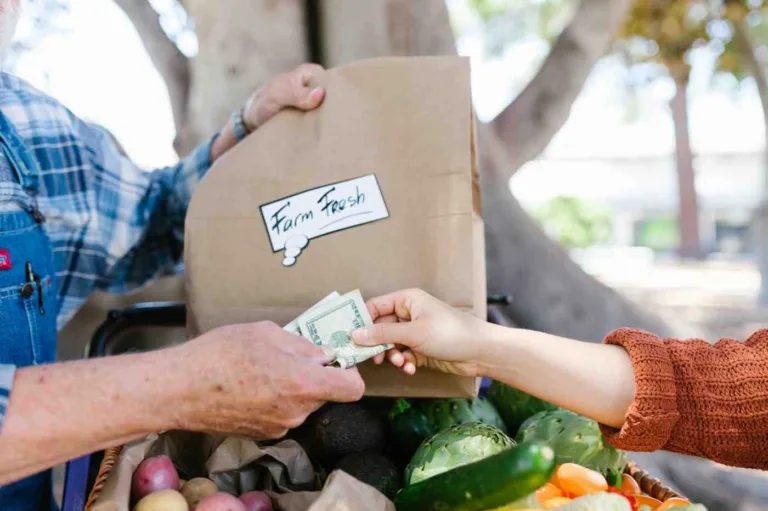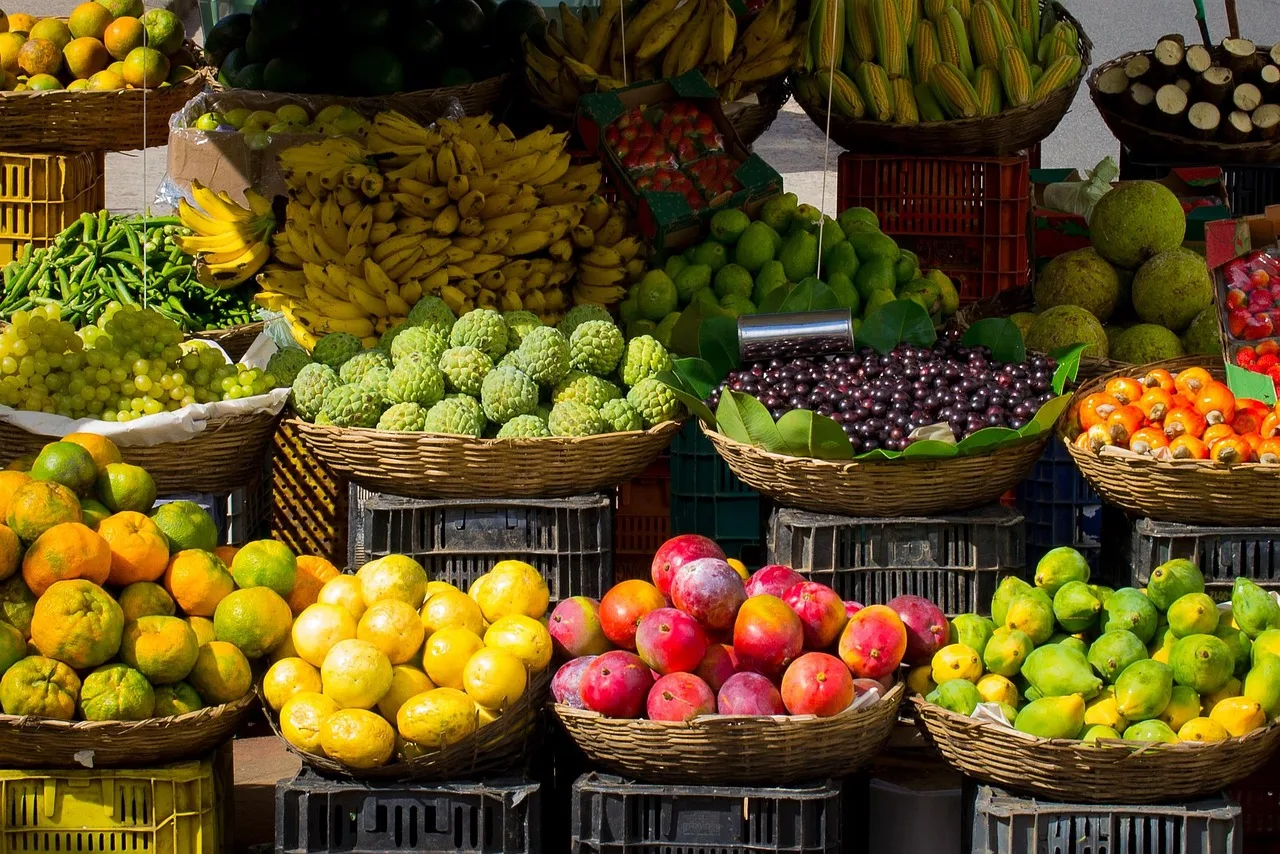We’ve all been there: staring at an alarmingly long grocery receipt and wondering how we spent so much. It’s frustrating, especially when your goal is to save money on groceries while still feeding yourself or your family nutritious, tasty meals.
What if I told you there’s one simple trick that can completely transform your grocery shopping habits and slash your bills by hundreds? No complicated couponing, no gimmicks—just smart, actionable strategies that work.
Let’s dive into how you can master the art of grocery shopping while keeping your wallet happy!
The Secret: Meal Planning Around Sales
The key to reducing your grocery bill isn’t a secret formula—it’s meal planning based on weekly sales. This one strategy can help you stretch every dollar and still enjoy meals you love.
Here’s how it works:
- Check Weekly Flyers: Most grocery stores release weekly sales flyers highlighting discounted items. Use these as your guide to build a meal plan.
- Be Flexible: Instead of shopping with specific meals in mind, choose recipes based on what’s on sale. For instance, if chicken thighs and broccoli are discounted, that’s dinner for two nights!
- Buy in Bulk (When It Makes Sense): Stock up on non-perishables like pasta, rice, and canned goods when they’re discounted.
Why It Works:
- You’re buying items at their lowest price points.
- It prevents impulse purchases.
- Your meal plan ensures that everything you buy gets used, cutting down on food waste.
A Personal Anecdote: My First Success with Sales-Based Meal Planning
A few months ago, I started tracking sales religiously. One week, I noticed ground turkey, zucchini, and marinara sauce were heavily discounted. That sparked a creative idea: zucchini lasagna!
I made a big batch, froze half, and had three dinners sorted for under $15. Before adopting this strategy, I’d have spent twice as much on random ingredients that didn’t come together as smoothly.
Why Meal Planning is a Money-Saving Superpower
Meal planning is more than a grocery budget hack—it’s a lifestyle change. Studies show that shoppers who plan their meals can save up to 25% compared to those who wing it.
Benefits of Meal Planning:
- Cuts Grocery Costs: You’re only buying what you need.
- Saves Time: No more last-minute trips to the store.
- Promotes Healthy Eating: A plan means fewer excuses to grab takeout.
Pro Tip:
Use apps like Flipp or Grocery IQ to streamline your sale hunting. These tools let you compare deals at different stores and create a digital shopping list.
Other Budget-Friendly Grocery Shopping Tips

While meal planning is the cornerstone of saving money, these additional strategies will help you maximize savings:
1. Shop Generic Brands
Did you know that generic products often come from the same factories as branded ones? They’re just as good but cost much less.
- Example: Compare store-brand oatmeal to a well-known brand. The difference? A few dollars—and zero difference in quality!
2. Buy Seasonal Produce
Seasonal fruits and vegetables are always cheaper and tastier. For example:
- Summer: Zucchini, peaches, and berries.
- Winter: Sweet potatoes, squash, and citrus fruits.
3. Stick to a Shopping List
Impulse buys are sneaky budget busters. Writing a list and sticking to it ensures you stay focused on what you need.
- Pro Tip: Plan your meals first, then create your list.
4. Don’t Shop Hungry
Shopping on an empty stomach is a surefire way to overspend. Eat a small snack before heading out to avoid unnecessary purchases.
Weekly Meal Planning Example (Under $50)
Here’s a budget-friendly meal plan using common sales items:
- Monday: Spaghetti with marinara and a side salad.
- Tuesday: Stir-fry with chicken and frozen veggies.
- Wednesday: Black bean and rice burritos with salsa.
- Thursday: Veggie-loaded omelet with toast.
- Friday: Homemade pizza with leftover veggies.
This plan makes use of versatile, affordable staples like rice, beans, and pasta, paired with proteins and seasonal produce.
Budget-Friendly Meals Anyone Can Try
Need inspiration? Here’s a simple weekly meal plan for under $50, using sale items and pantry staples:
- Monday: Spaghetti with marinara and a side salad.
- Tuesday: Stir-fry with chicken and frozen veggies.
- Wednesday: Lentil soup with homemade bread.
- Thursday: Taco night with ground beef and black beans.
- Friday: Veggie-loaded omelets with toast.
A Fun Quote: “Why Pay Full Price?”

As my dad always says: “Why pay full price when you can wait a week and get it for half off?” He’s not wrong. Most grocery stores operate on sales cycles, meaning the same items will likely go on sale every 6–8 weeks.
Additional Tips to Cut Grocery Costs
1. Master the Art of Freezing
Buying in bulk is great—but only if you use what you buy. Freezing perishables like meat, bread, and even certain fruits can extend their shelf life.
- Example: Bananas starting to brown? Peel and freeze them for smoothies.
2. Use Cashback Apps
Apps like Ibotta or Rakuten give you cash back on everyday purchases. It’s like getting paid to shop!
3. Compare Unit Prices
The price tag on the shelf doesn’t always tell the whole story. Check the unit price (price per ounce, pound, etc.) to determine the best deal.
Common Myths About Grocery Shopping
Myth 1: Coupons Are Too Time-Consuming
Not true! Many stores now have digital coupons you can “clip” directly through their apps.
Myth 2: Buying Cheap Means Sacrificing Quality
While some items (like generic coffee) might not match your taste, most generic products are indistinguishable from name brands.
Myth 3: It’s Cheaper to Eat Out
When you break down the cost of ingredients per meal, home cooking is almost always more affordable.
The Takeaway: Save money on Groceries
Learning how to save money on groceries is about strategy, not sacrifice. By planning your meals around sales, sticking to a list, and using smart shopping tips, you can slash your grocery bill without compromising on quality.
So why wait? Grab your store’s sales flyer, download a planning app, and start crafting a budget-friendly meal plan today. Once you see those savings add up, you’ll wonder why you didn’t start sooner.
Quote to Remember: “The best way to double your money is to fold it over and put it back in your pocket!”
Happy saving—and happy eating!
FAQs:
Wednesdays, when many stores launch new sales and clear out older stock.
Plan meals in advance, buy in bulk, and stick to affordable staples like rice, beans, and seasonal veggies.
Use apps like Flipp or check your local grocery store’s website for weekly flyers.
Not always. Prioritize organic for the “Dirty Dozen” (foods with the highest pesticide residues) and save on the rest.
Plan meals that overlap ingredients. For example, buy a whole chicken and use it for soup, salads, and sandwiches.
